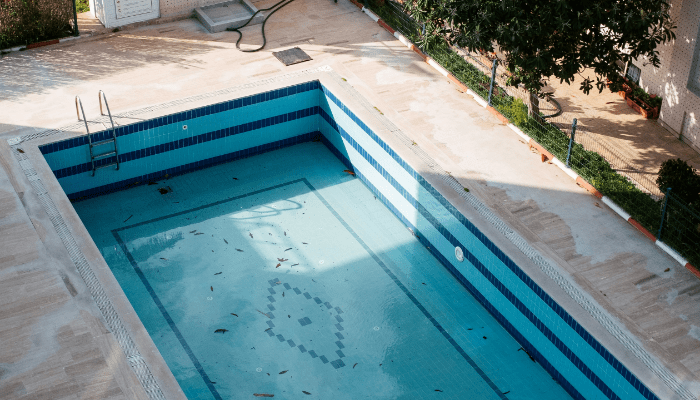Key Takeaways
Fiberglass pools install fast, last decades, and need far less maintenance than concrete or vinyl options.
Their smooth surface resists algae, reducing chemicals and upkeep costs over time.
Size and access are limited to pre‑molded designs, so plan for delivery space and local codes.
Top brands like Latham, Leisure Pools, and Thursday Pools offer reliable quality and modern features.
If you prefer a natural look, options like Oásis Biosistema create eco‑friendly, plant‑filtered pools.
Overall, fiberglass pools deliver quick installation, long‑term savings, and a sleek backyard upgrade.
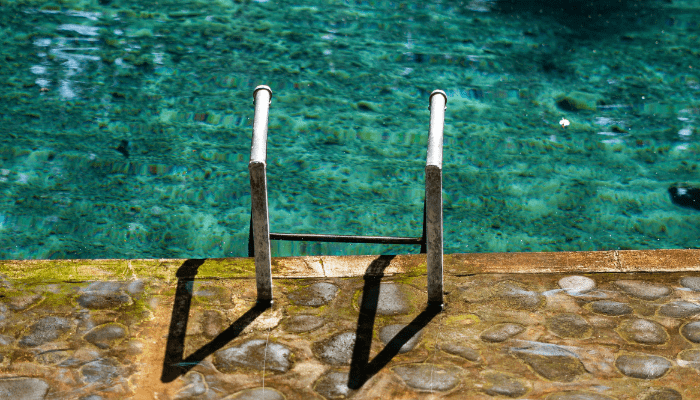
Fiberglass pools have exploded in popularity over the past decade, and for good reason. They’re fast to install, low on maintenance, and unlike your last DIY project, they actually last.
But let’s be clear: this isn’t just about splashing around on a summer weekend (though that part’s great too). Fiberglass pools are a strategic home upgrade. They reduce ongoing costs, increase property value, and deliver serious lifestyle returns.
Still, we get it. Pools are a big investment. Concrete? Vinyl? Fiberglass? It’s a jungle out there, and you’re not just tossing money into a hole in the ground, you’re building a backyard experience.
That’s why this guide isn’t fluff. You’ll get the real story: what fiberglass pools are, how they stack up, what to consider before you commit, and which brands actually deserve your money.
And yes, we’ll make it as painless as possible. Maybe even a little fun.
Let’s dive in, pun entirely intended.
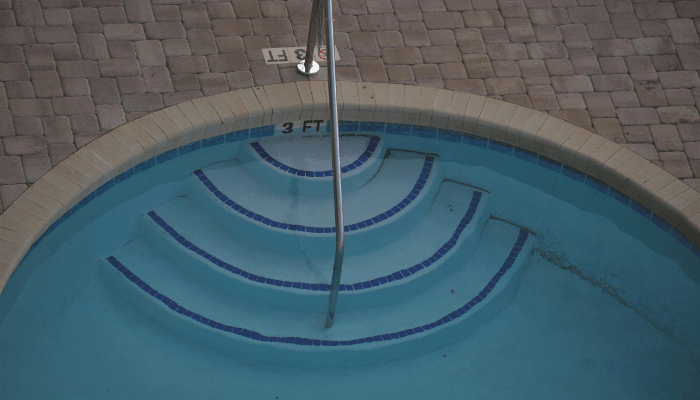
What Is a Fiberglass Pool?
Fiberglass pools are exactly what they sound like: sleek, factory-molded pool shells made from fiberglass, reinforced with polyester resin. They show up in one giant piece, get dropped into a pre-dug hole in your backyard, and are ready to use in about two weeks.
No tiles to lay. No concrete to cure. No “well, it might be ready by July.”
It’s fast, durable, and easier than you think.
Unlike concrete pools, which are built on-site over several weeks (or months, if you’re unlucky), fiberglass pools are manufactured under controlled conditions. That means consistent quality, smooth surfaces, and fewer surprises when it shows up at your door.
And unlike vinyl liner pools, fiberglass doesn’t rip, wrinkle, or need to be replaced every few years. One install. One shell. Decades of use.
If you’re into, long-term value, it’s worth paying attention.
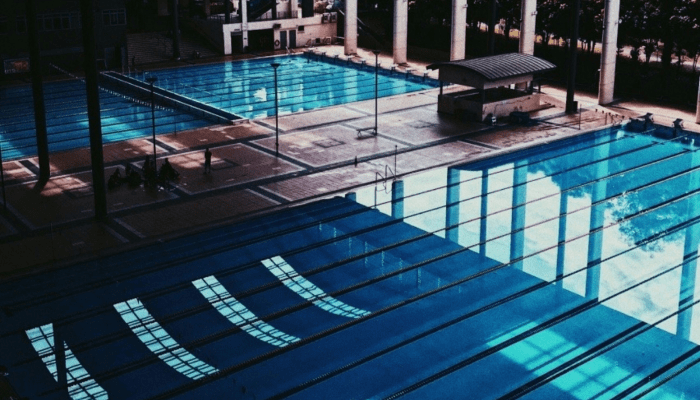
6 Benefits of Fiberglass Pools
Here’s where fiberglass starts to shine.
1. Low Maintenance
You know those endless vacuuming and scrubbing sessions people complain about with other pool types? Not here. The non-porous surface of fiberglass means algae has nowhere to hide. Fewer chemicals. Less scrubbing. More swimming.
2. Fast Installation
Concrete pools can drag on for months. Fiberglass pools? Two to three weeks and you’re filling it with water. It’s like ordering a pool on Amazon, if Amazon offered backyard luxury with a crane.
3. Durability
These things are flexible. Not like yoga-instructor flexible, but they can handle ground movement better than rigid concrete. That means fewer cracks, fewer repairs, and fewer headaches.
4. Aesthetic Options
Think fiberglass means “limited design”? Not anymore. Modern fiberglass pools come in all shapes, sizes, and colors. Some even mimic the look of high-end tile or stone. Your backyard doesn’t have to look like a hotel lobby from 1993.
5. Energy Efficiency
Fiberglass holds heat better than concrete. That means lower heating bills if you like your pool warm, or just a longer swim season if you don’t.
6. Long-Term Cost Savings
Add up the years of lower maintenance, fewer repairs, and no liner replacements. That initial cost starts looking like a pretty smart investment.
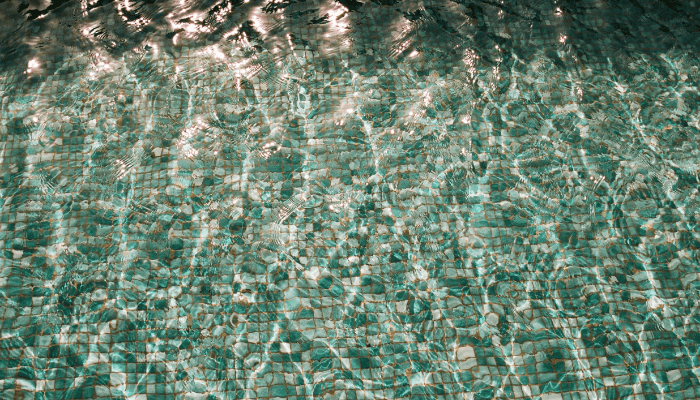
Fiberglass vs. Other Pool Types
Let’s be blunt: not all pools are created equal. And while fiberglass isn’t the best choice for everyone, it checks the right boxes for most homeowners.
Fiberglass vs. Concrete
- Installation Time: 2-3 weeks vs. 3-6 months
- Maintenance: Way less. Like, way less.
- Durability: Fiberglass resists cracks. Concrete needs resurfacing every 10-15 years.
- Customization: Concrete wins here. It’s the better choice if you want something wildly unique or gigantic.
Fiberglass vs. Vinyl Liner
- Upfront Cost: Vinyl is cheaper.
- Durability: Fiberglass lasts 25+ years. Vinyl liners tear and need replacing every 5-9.
- Feel: Fiberglass feels smooth. Vinyl can bubble or wrinkle over time.
- Aesthetics: Fiberglass has caught up, and often passes vinyl in visual appeal.
Bottom line: If you want low-maintenance, mid- to long-term value, and a pool that won’t fight you every season, fiberglass is a strong choice.
Things to Consider Before Buying
Okay, time to be the responsible adult for a minute. Before you get starry-eyed about water features and tanning ledges, here’s what you really need to think about.
- Access: The pool shell needs to get into your yard. If there’s no clear path, it might involve cranes (which isn’t a dealbreaker, it’s actually kind of fun to watch).
- Soil Type: Some soils hold water, which affects drainage and installation. Your installer will assess this.
- Size Limits: Fiberglass pools are pre-molded, so you’re working within existing sizes. If you want a full Olympic lane? Look elsewhere.
- Budget: Expect to spend $40,000-$70,000+ depending on size, features, and site prep. But remember: lower maintenance costs mean more money stays in your pocket long-term.
- Local Codes: Zoning, fencing, and drainage regulations vary. A good installer will guide you through this.
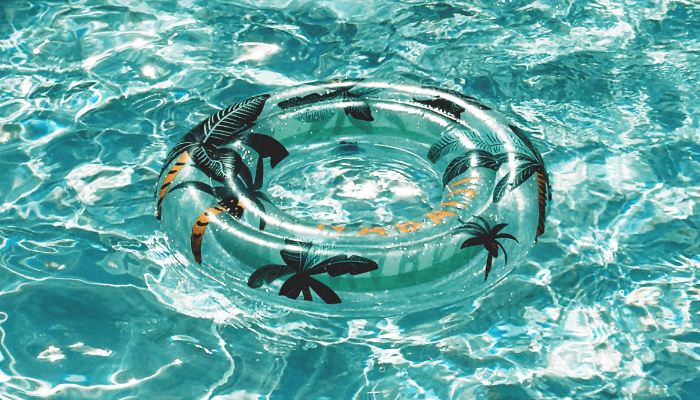
Top Fiberglass Pool Brands You Should Know
Let’s skip the fluff and give you the heavy-hitters. These companies are crushing it on quality, durability, and customer satisfaction.
Latham Pools
One of the biggest names in the game. Offers a massive lineup of shapes, finishes, and features. Their durability and design options make them a solid go-to for families and high-end installs alike.
Leisure Pools USA
Modern, sleek, and obsessed with quality. Their pools feature built-in UV and chemical resistance, and the designs are especially popular for contemporary backyards.
Thursday Pools
Big on innovation. Think beach entries, in-pool lounging areas, and even built-in tanning shelves. Ideal for people who want to turn their backyard into a statement.
Barrier Reef Pools USA
Australian roots, American manufacturing. Known for high-quality gel coats and a diverse shape catalog. These pools look good and last.
Blue Anchor Fiberglass Pools
Smaller footprint, but strong designs with a regional focus. They offer customization and personalized support, which big brands sometimes lack.
Aspen Fiberglass Pools
Offered through select installers like Pool Contractors Atlanta. Simple, elegant designs that work well in both suburban and upscale residential settings.
These brands are not interchangeable. Some are better for big installations, others shine in smaller yards. But they all deliver on one thing: quality that holds up over time.
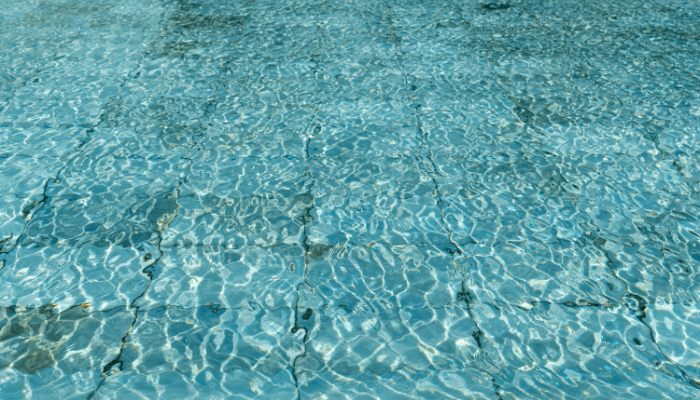
Installation Process: What to Expect
One of the biggest selling points of fiberglass pools is just how not painful installation is. Here’s the typical process:
- Excavation: Your yard gets prepped. Dirt goes out, pool dreams come in.
- Delivery: The pool shell arrives in one piece, ready to be lowered into the hole. Sometimes with a crane. It’s like a backyard magic trick.
- Setting the Shell: Precise placement, then plumbing and electrical get connected.
- Backfilling and Leveling: They’ll backfill around the shell and make sure everything is perfectly aligned. It matters more than it sounds.
- Coping and Decking: Your deck is poured or laid around the pool. Stone, pavers, concrete. It’s your choice.
- Final Touches: Lights, jets, features, and the first glorious fill-up.
From start to splash? Often 10-20 days.
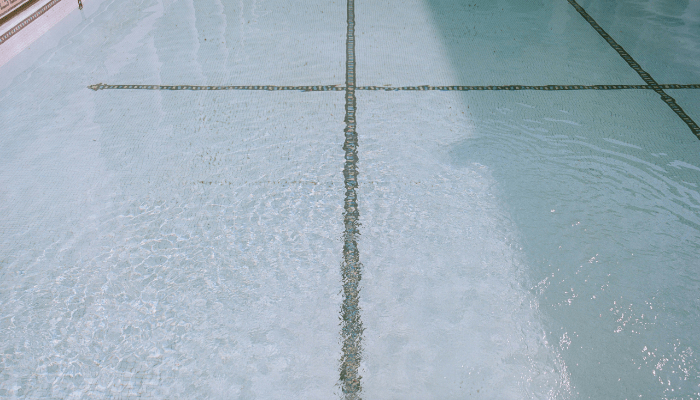
Prefer Something More Natural? Meet Oásis Biosistema
If a traditional fiberglass pool doesn’t quite match your vision, and you’d rather blend nature with luxury. Oásis Biosistema is your next call.
They specialize in natural pools, a stunning alternative to chemically treated setups. Think crystal-clear water, aquatic plants, eco-filtration, and design that looks like it was carved right out of a dream.
Not only do these pools use environmentally conscious technology, but they’re crafted to fit into your landscape organically, like they were always meant to be there. And yes, they still offer modern convenience, elegant finishes, and customization.
Whether you’re dreaming of a lush swimming pond or a high-end, self-cleaning natural pool that feels like a boutique eco-resort, Oásis Biosistema can make it real.
Your backyard deserves more than water, it deserves life.
Conclusion
Fiberglass pools aren’t a trend. They’re a smart, lasting solution for anyone who wants the perks of a pool without the pain of constant upkeep.
They install quickly. They clean up easily. They save you money year over year. And they look damn good doing it.
So if you’ve been standing on the edge, waiting for the right time to take the plunge (okay, one last pool pun), consider this your sign. You’ve got options. You’ve got brands you can trust. And now? You’ve got the knowledge to make the right call.
The only thing left to do? Choose the model, prep your playlist, and start imagining those perfect backyard evenings.
No maintenance drama. No algae drama. Just water, peace, and maybe a floaty shaped like a swan. Because you earned it.
Quick install. Low maintenance. Long-term value.
Oásis Biosistema brings design and durability together with custom pools that fit your life, not just your yard.
FAQ
What is the disadvantage of a fiberglass pool?
The main disadvantages of fiberglass pools are limited design options, potential shipping or installation damage, and difficulty in making invisible repairs. They also require crane access during installation, which can complicate logistics.
How much does it cost to put in a fiberglass pool?
The total cost to install a fiberglass pool typically ranges from €25,000 to €60,000. This includes the shell, excavation, installation, and basic landscaping. Upgrades like heating, decking, or custom features can increase the price.
What is the life expectancy of a fiberglass pool?
Fiberglass pools generally last 25 to 30 years or more. Their smooth, non-porous surface resists algae and chemical damage, contributing to a longer lifespan with lower maintenance costs compared to vinyl or concrete pools.
What is the deepest you can get a fiberglass pool?
The deepest fiberglass pools available on the market can reach depths of approximately 3 to 4 meters. Depth is limited by manufacturing and transport constraints, but custom models can accommodate diving and deep-end swimming.
How long do fiberglass pools last?
With proper installation and maintenance, fiberglass pools can last three decades or more. Their gel coat surface is durable and resistant to common wear like staining, blistering, and cracking.
What is the deepest fiberglass pool?
Some fiberglass pool models reach up to 4 meters in depth, suitable for diving or athletic swimming. However, not all manufacturers offer deep-end options, and local regulations may affect what’s allowed.
Problems with fiberglass pools
Typical issues include surface cracking, bulging walls if improperly installed, and limitations on custom shapes or features. Poor soil conditions or water pressure imbalance can also cause structural stress.
Fiberglass pool sizes.
Fiberglass pools come in a variety of pre-molded sizes, usually between 6 to 12 meters long and up to 4 meters deep. Because they’re factory-made, sizes are fixed but designed to suit a wide range of backyard layouts.
What are the downsides of fiberglass pools?
The downsides of fiberglass pools include less customization, higher initial transport and installation requirements, and possible cosmetic damage over time that can be difficult to repair seamlessly.

